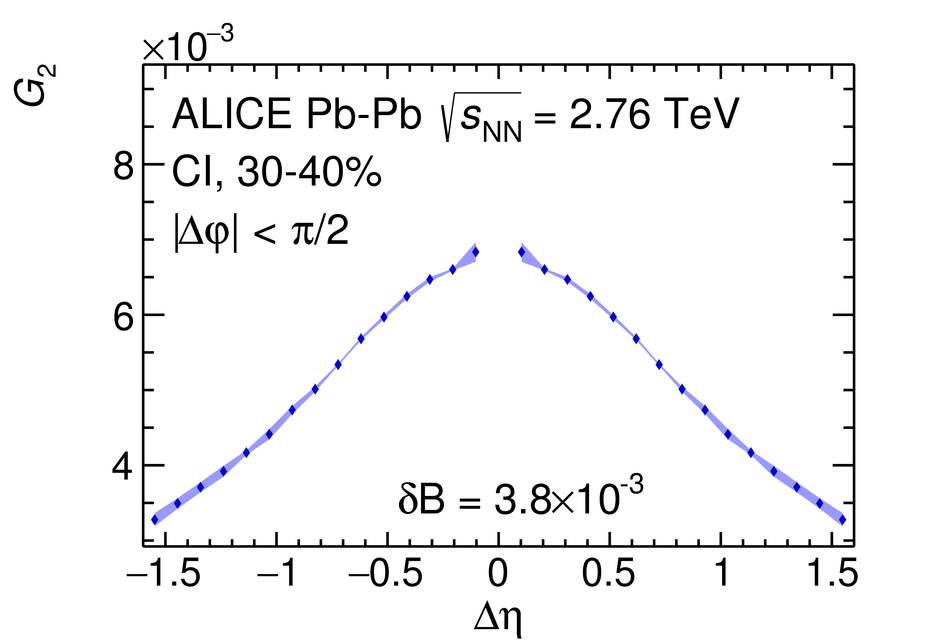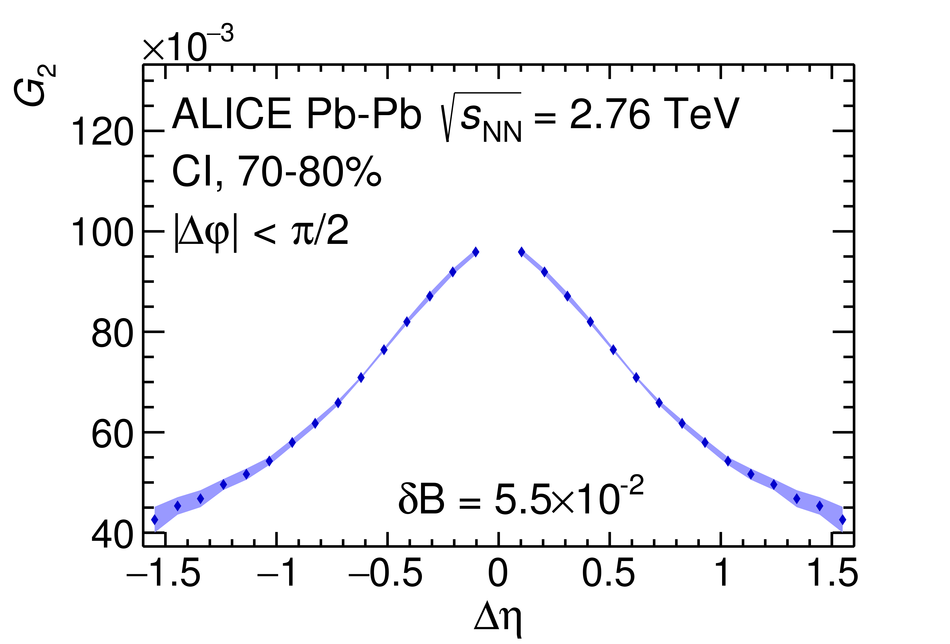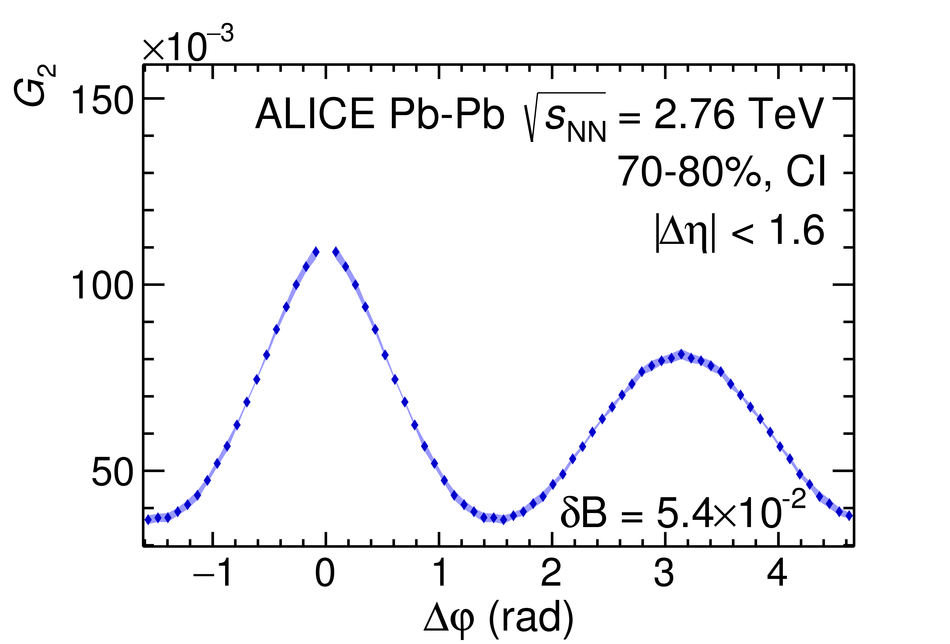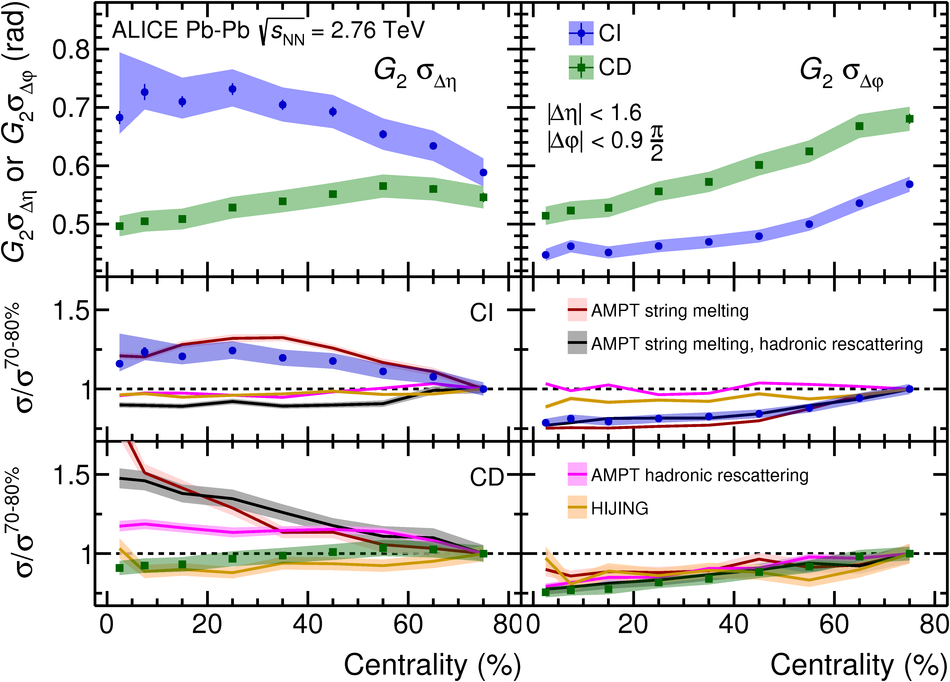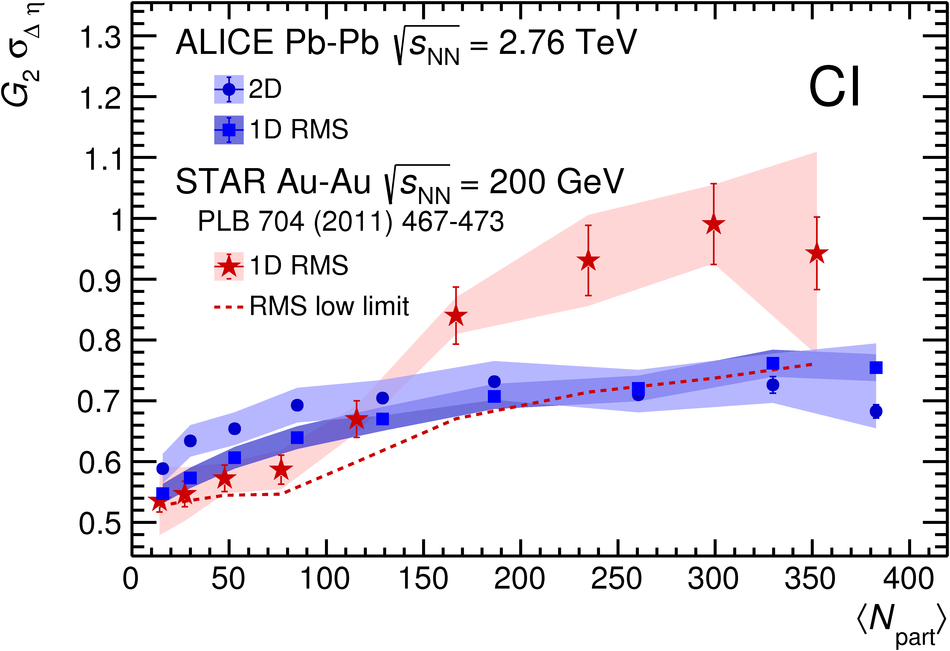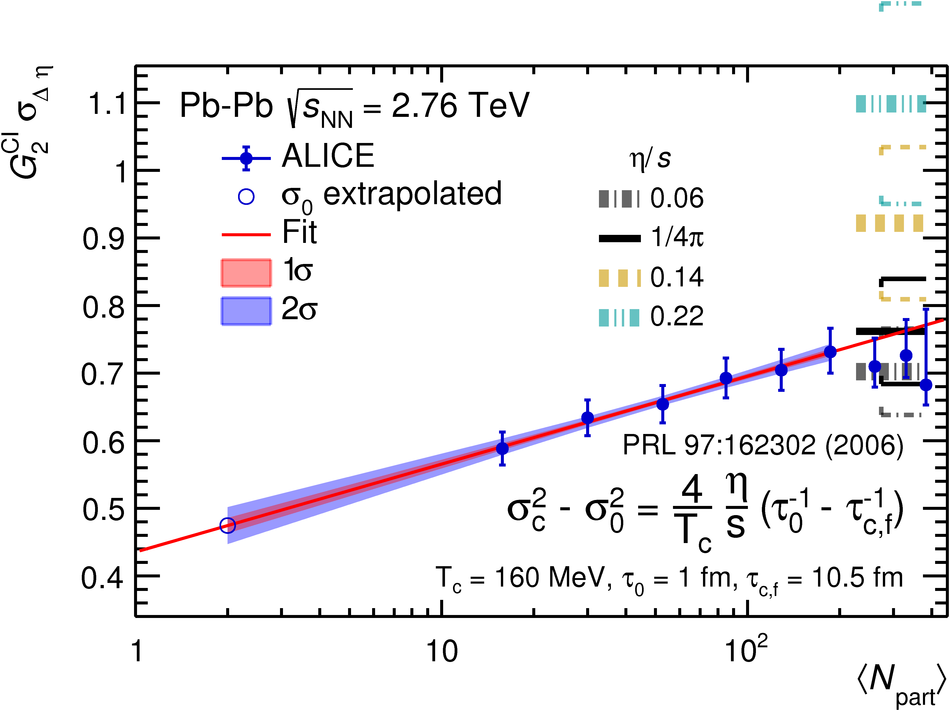This paper presents the first measurements of the charge independent (CI) and charge dependent (CD) two-particle transverse momentum correlators $G_{2}^{\rm CI}$ and $G_{2}^{\rm CD}$ in Pb--Pb collisions at $\sqrt{s_{\text{NN}}} = 2.76\;\text{\TeVe}$ by the ALICE collaboration. The two-particle transverse momentum correlator $G_{2}$ was introduced as a measure of the momentum current transfer between neighbouring system cells. The correlators are measured as a function of pair separation in pseudorapidity ($\Delta \eta$) and azimuth ($\Delta \varphi$) and as a function of collision centrality. From peripheral to central collisions, the correlator $G_{2}^{\rm CI}$ exhibits a longitudinal broadening while undergoing a monotonic azimuthal narrowing. By contrast, $G_{2}^{\rm CD}$ exhibits a narrowing along both dimensions. These features are not reproduced by models such as HIJING and AMPT. However, the observed narrowing of the correlators from peripheral to central collisions is expected to result from the stronger transverse flow profiles produced in more central collisions and the longitudinal broadening is predicted to be sensitive to momentum currents and the shear viscosity per unit of entropy density $\eta/s$ of the matter produced in the collisions. The observed broadening is found to be consistent with the hypothesized lower bound of $\eta/s$ and is in qualitative agreement with values obtained from anisotropic flow measurements.
PLB 804 (2020) 135375
HEP Data
e-Print: arXiv:1910.14393 | PDF | inSPIRE
CERN-EP-2019-252





